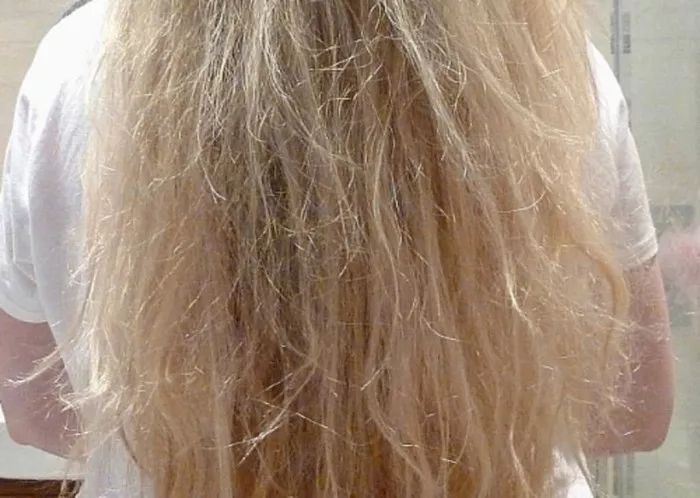Hair is often considered a crowning glory, symbolizing vitality and beauty. However, despite our best efforts, hair can become damaged and lifeless, leaving us wondering how to restore its health and vibrancy. In this comprehensive guide, we will explore the phenomenon of “dead hair,” its causes, prevention strategies, treatment options, product recommendations, healthy hair practices, and when it’s time to seek professional assistance.
Explanation of ‘Dead Hair’: Understanding the Signs of Damage
Before diving into solutions, it’s crucial to understand what exactly constitutes “dead hair” and recognize the signs of damage. Dead hair refers to strands that are severely damaged, lacking moisture, elasticity, and shine. Common signs of hair damage include split ends, frizz, dullness, brittleness, and excessive breakage.
Causes: Unveiling the Culprits Behind Hair Damage
Numerous factors contribute to hair damage, ranging from external aggressors to lifestyle habits. Heat styling tools such as flat irons and blow dryers can strip hair of its natural moisture, leading to dryness and breakage. Chemical treatments like bleaching, perming, and coloring can weaken the hair shaft, causing irreversible damage if not performed with care. Environmental factors such as sun exposure, pollution, and harsh weather conditions can also take a toll on hair health.
Prevention Tips: Safeguarding Your Strands from Damage
Prevention is often the best remedy when it comes to maintaining healthy hair. Implementing protective hairstyles, such as braids, buns, and ponytails, can shield hair from external stressors and reduce the risk of breakage. Additionally, incorporating heat protectant sprays and serums before styling can create a barrier against heat damage. Choosing sulfate-free and paraben-free hair care products can help maintain the natural balance of the scalp and hair, preventing dryness and irritation.
Treatment Options: Restoring Vitality to Damaged Hair
When faced with dead or damaged hair, there are various treatment options available to revive its health and appearance. Home remedies such as coconut oil masks, avocado treatments, and egg yolks can nourish and moisturize the hair, promoting strength and elasticity. Professional services like deep conditioning treatments, keratin treatments, and scalp massages can provide intensive repair and rejuvenation.
Product Recommendations: Essential Products for Hair Repair
Selecting the right hair care products is crucial for effectively treating damaged hair. Look for deep conditioners enriched with ingredients like argan oil, shea butter, and keratin to hydrate and strengthen the hair from within. Protein treatments containing hydrolyzed proteins can rebuild damaged hair fibers, restoring elasticity and resilience. Leave-in conditioners, serums, and oils infused with antioxidants and vitamins can provide ongoing protection against environmental damage and oxidative stress.
Healthy Hair Practices: Cultivating Habits for Optimal Hair Health
In addition to external treatments, adopting healthy hair practices is essential for long-term hair maintenance. Regular trims every 6-8 weeks can prevent split ends from traveling up the hair shaft, preserving overall hair health and appearance. Using wide-tooth combs and avoiding aggressive brushing can minimize breakage and tangling, especially when hair is wet and vulnerable. Opting for gentle cleansing routines and limiting the use of harsh chemicals can help maintain the natural balance of the scalp and hair, promoting a healthy environment for growth.
When to See a Professional: Knowing When Expert Help is Needed
While home remedies and over-the-counter products can be effective for mild to moderate hair damage, there are instances where professional intervention is necessary. If you notice persistent and severe hair loss, sudden changes in hair texture or color, or scalp issues like dandruff or itching, it’s essential to consult a hairstylist or trichologist. These experts can assess your hair and scalp condition, identify underlying issues, and recommend personalized treatment plans tailored to your needs.
In conclusion, dealing with dead or damaged hair can be a frustrating experience, but it’s essential to remember that recovery is possible with the right approach. By understanding the causes of hair damage, implementing preventive measures, exploring treatment options, selecting appropriate products, adopting healthy hair practices, and seeking professional assistance when needed, you can breathe new life into your locks and reclaim your crowning glory.


